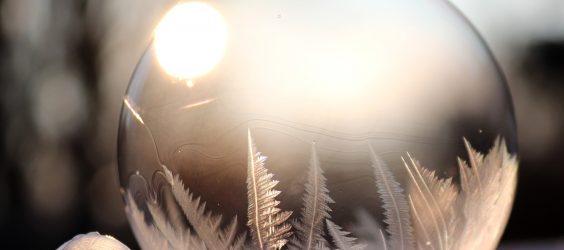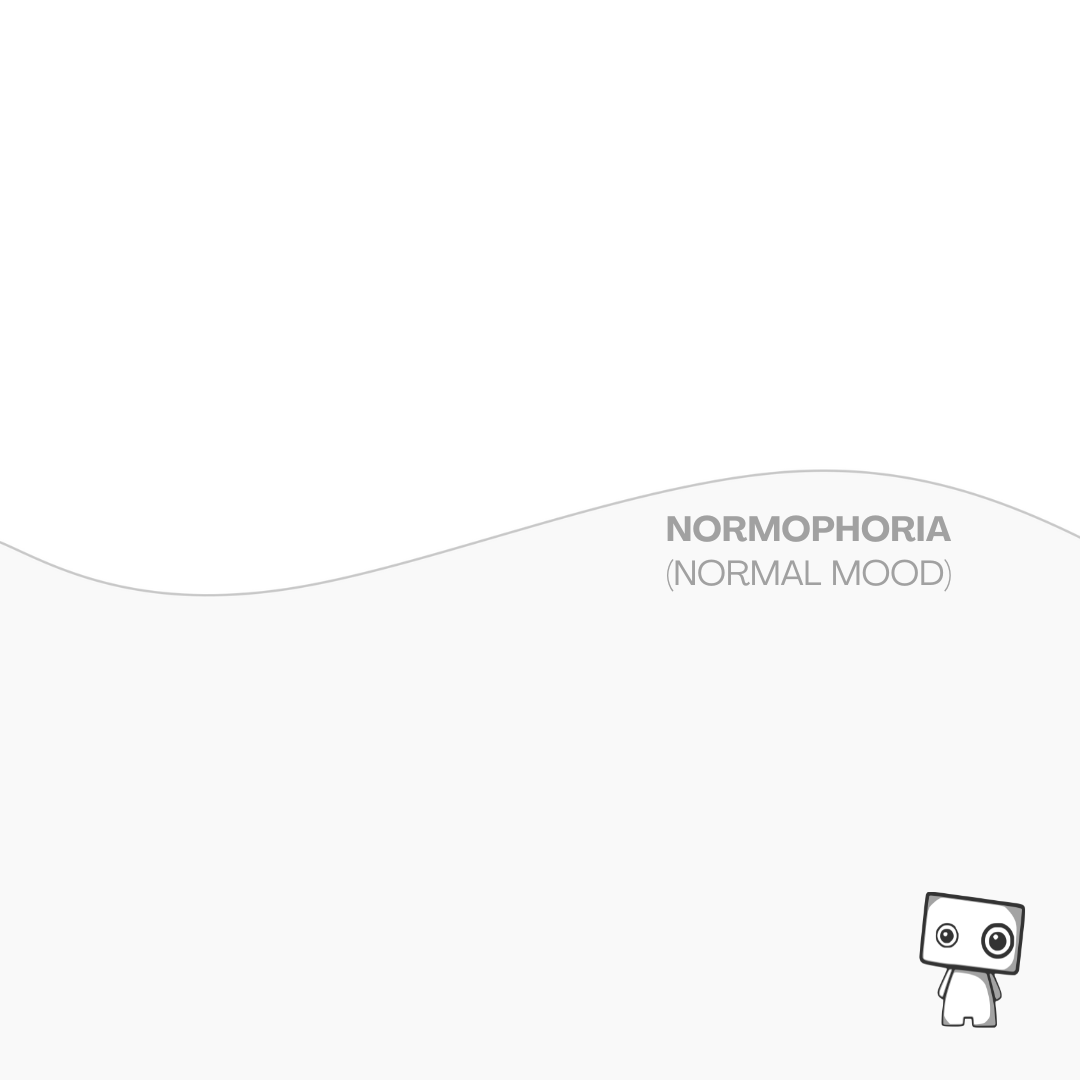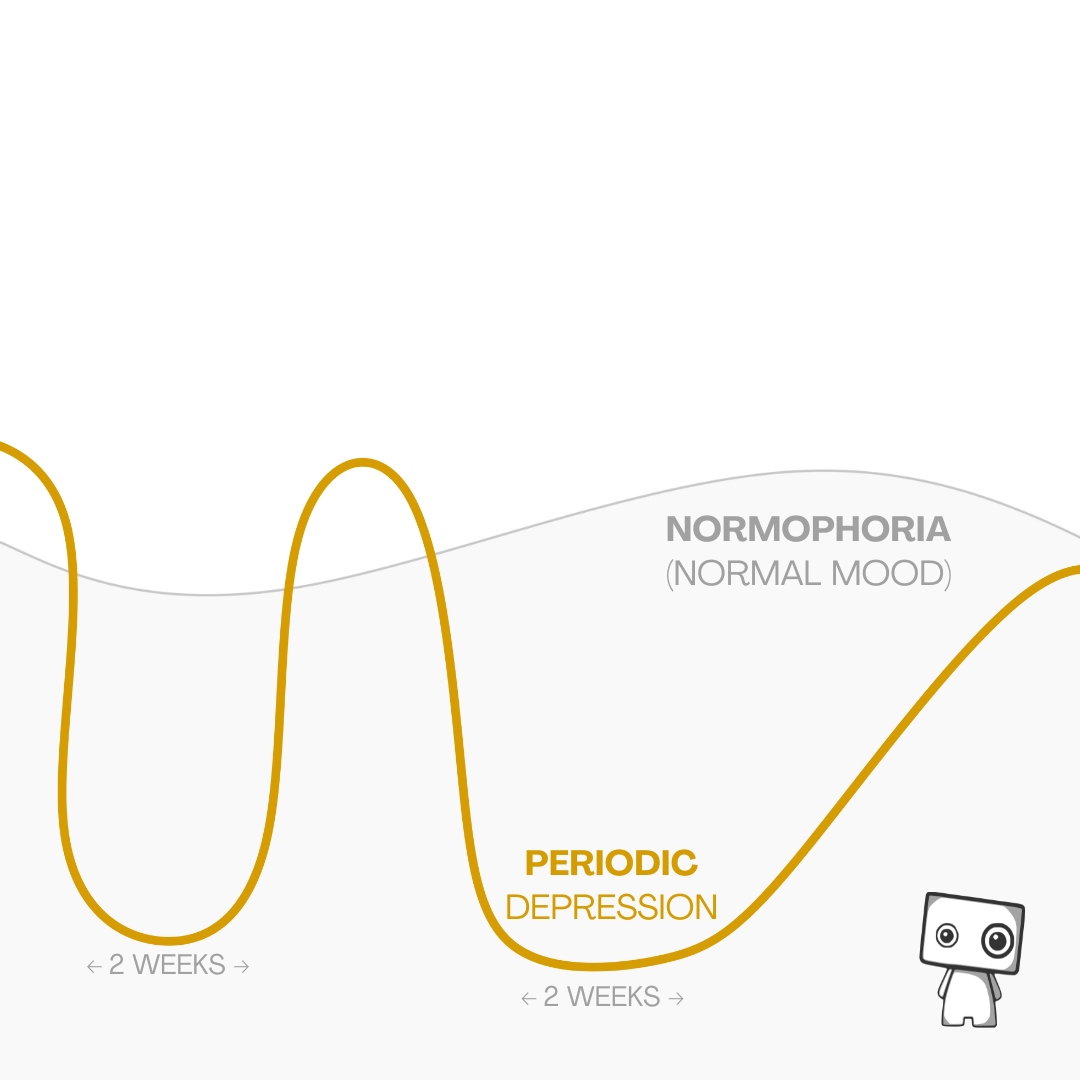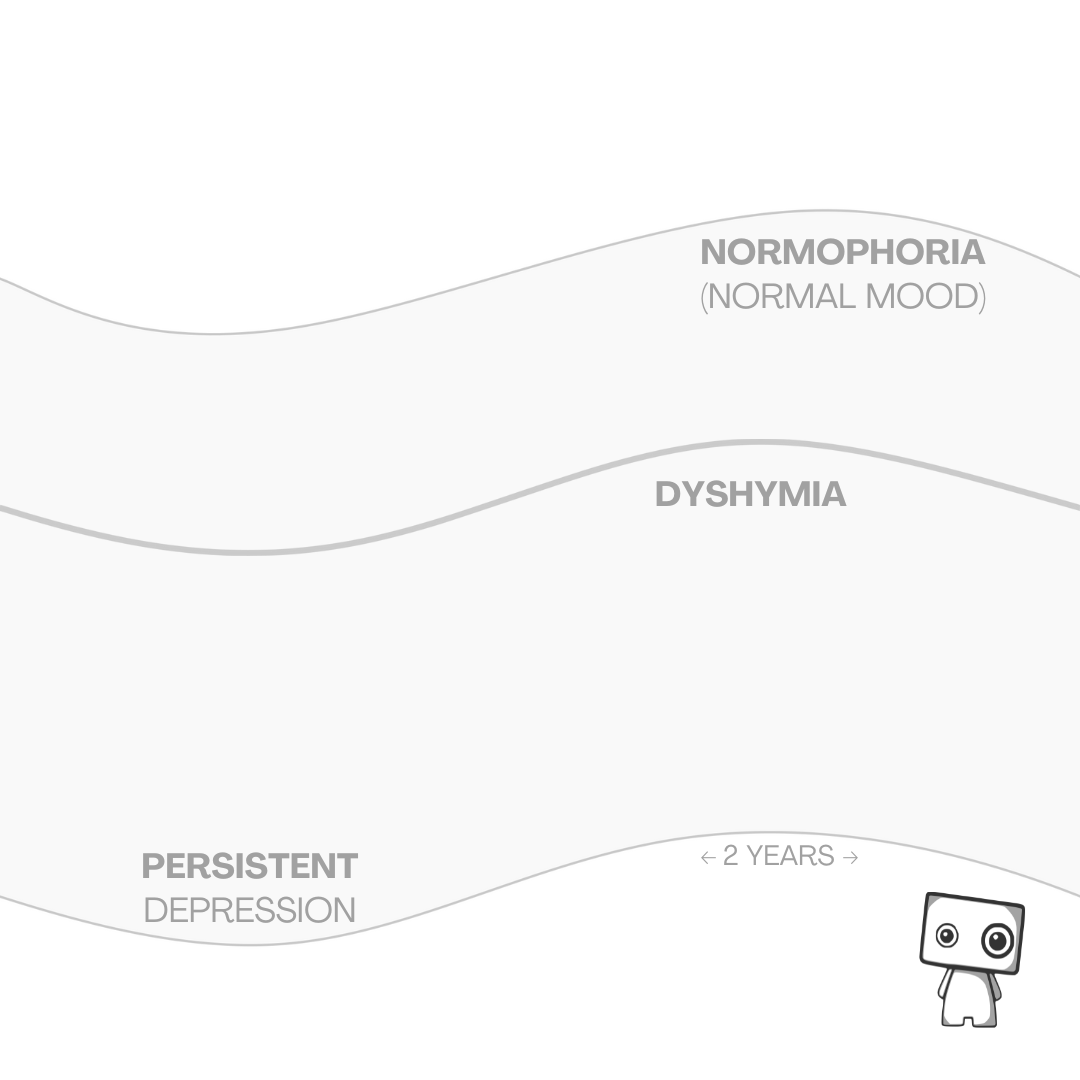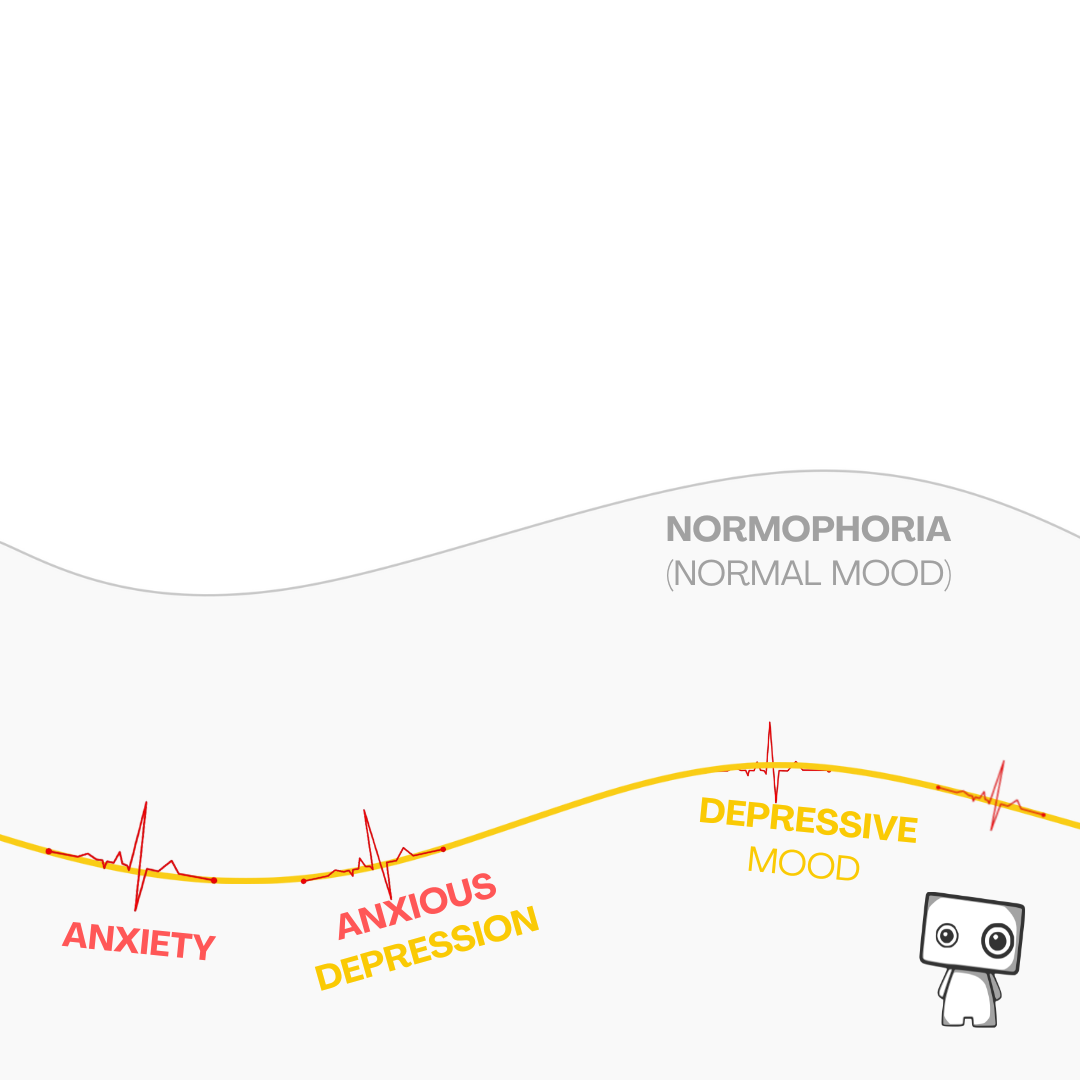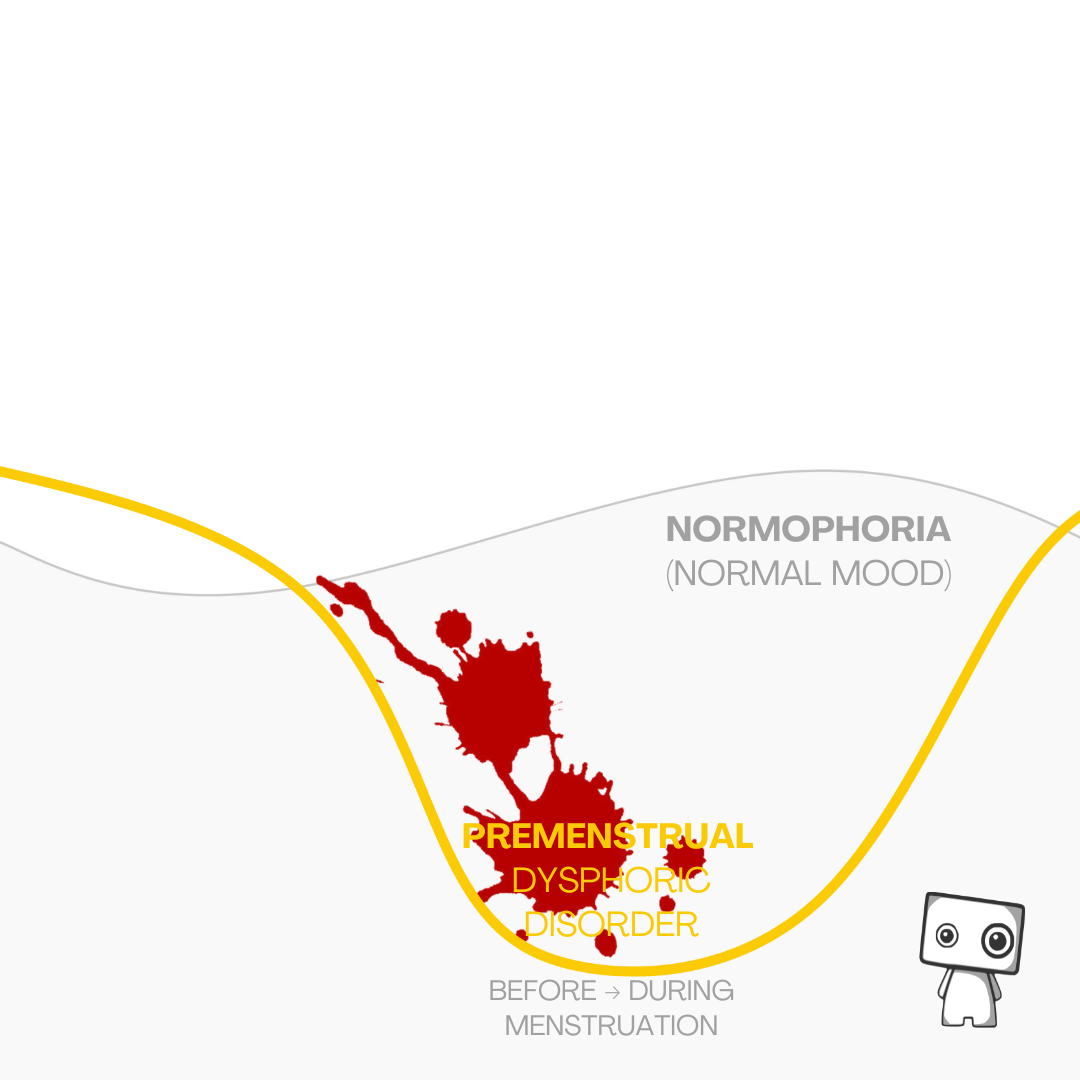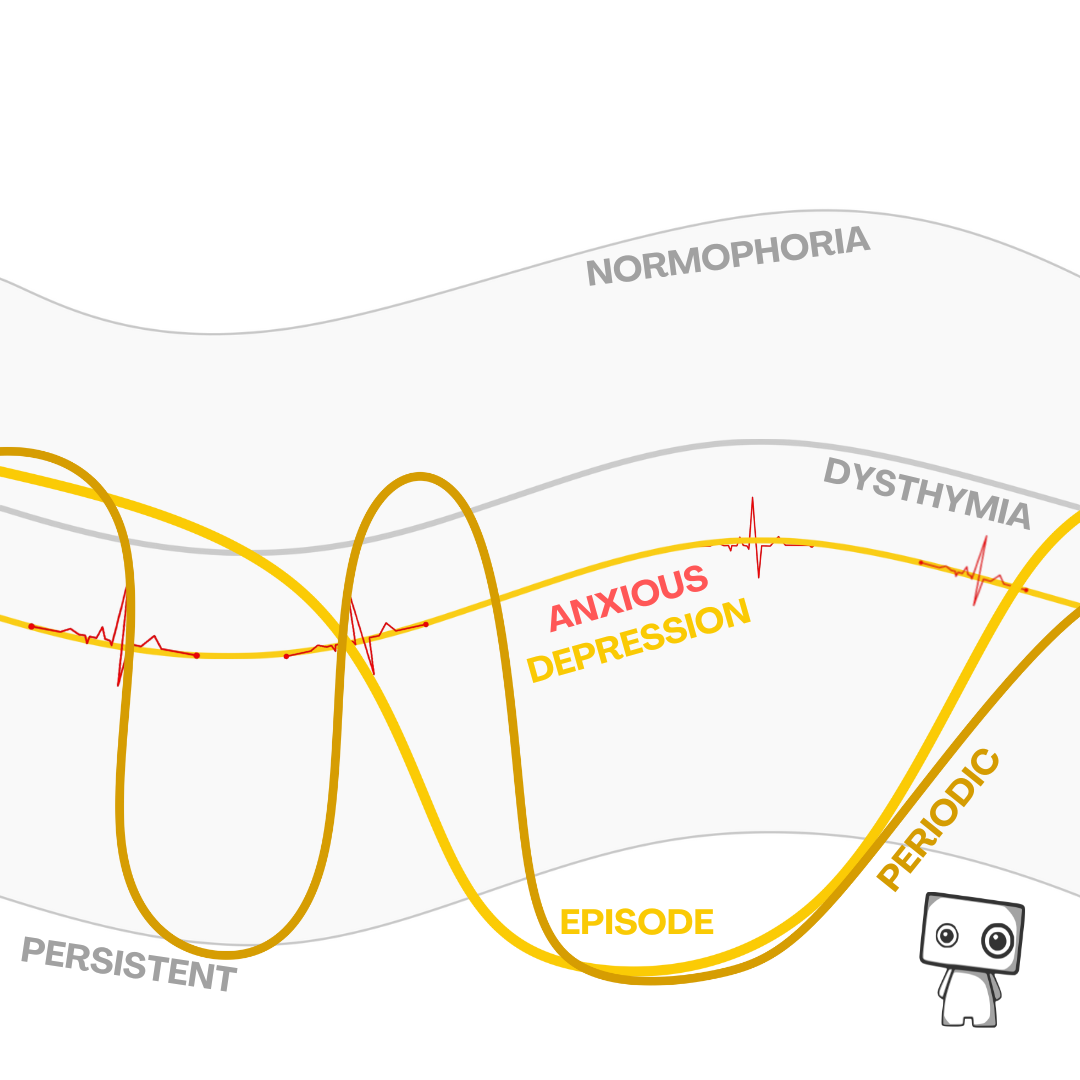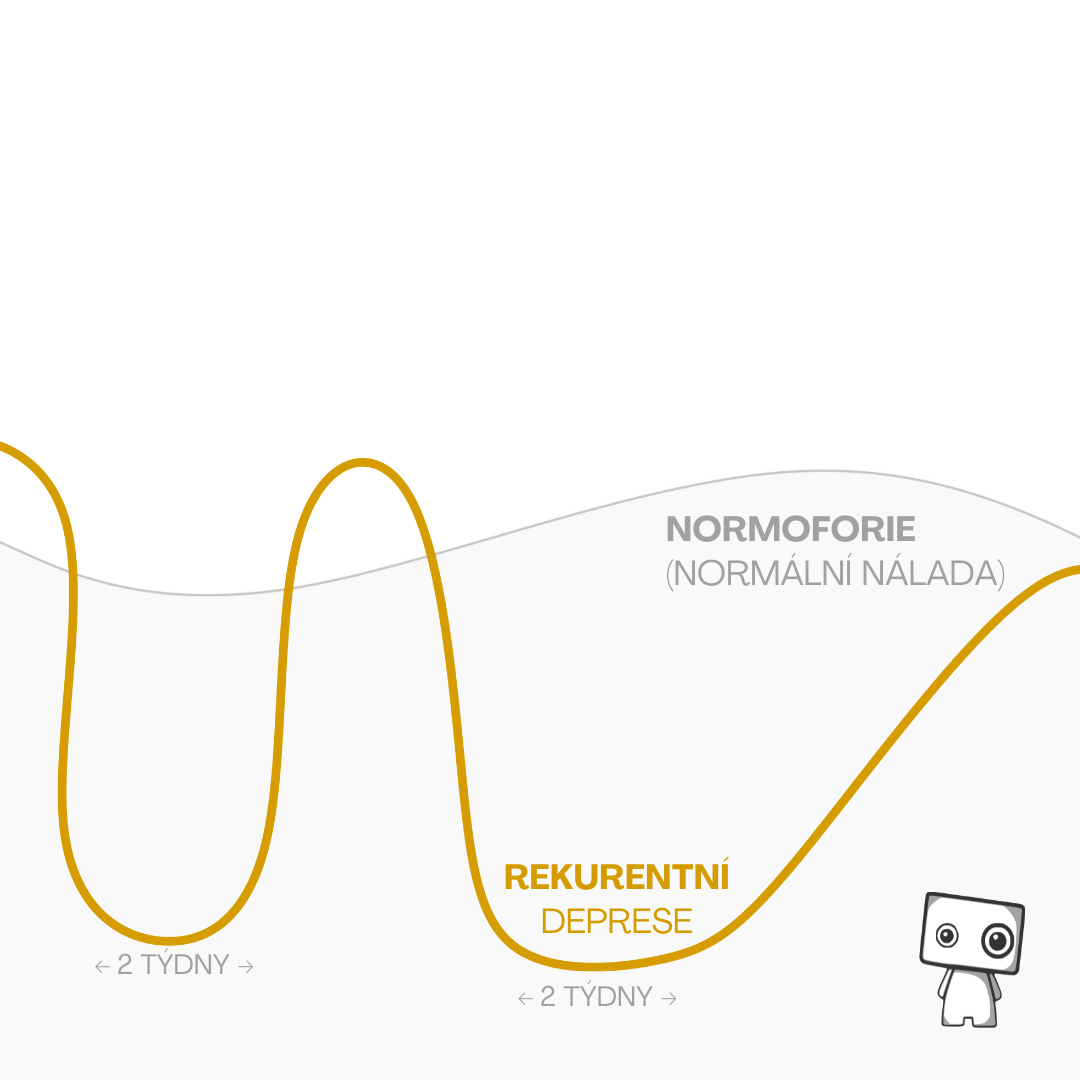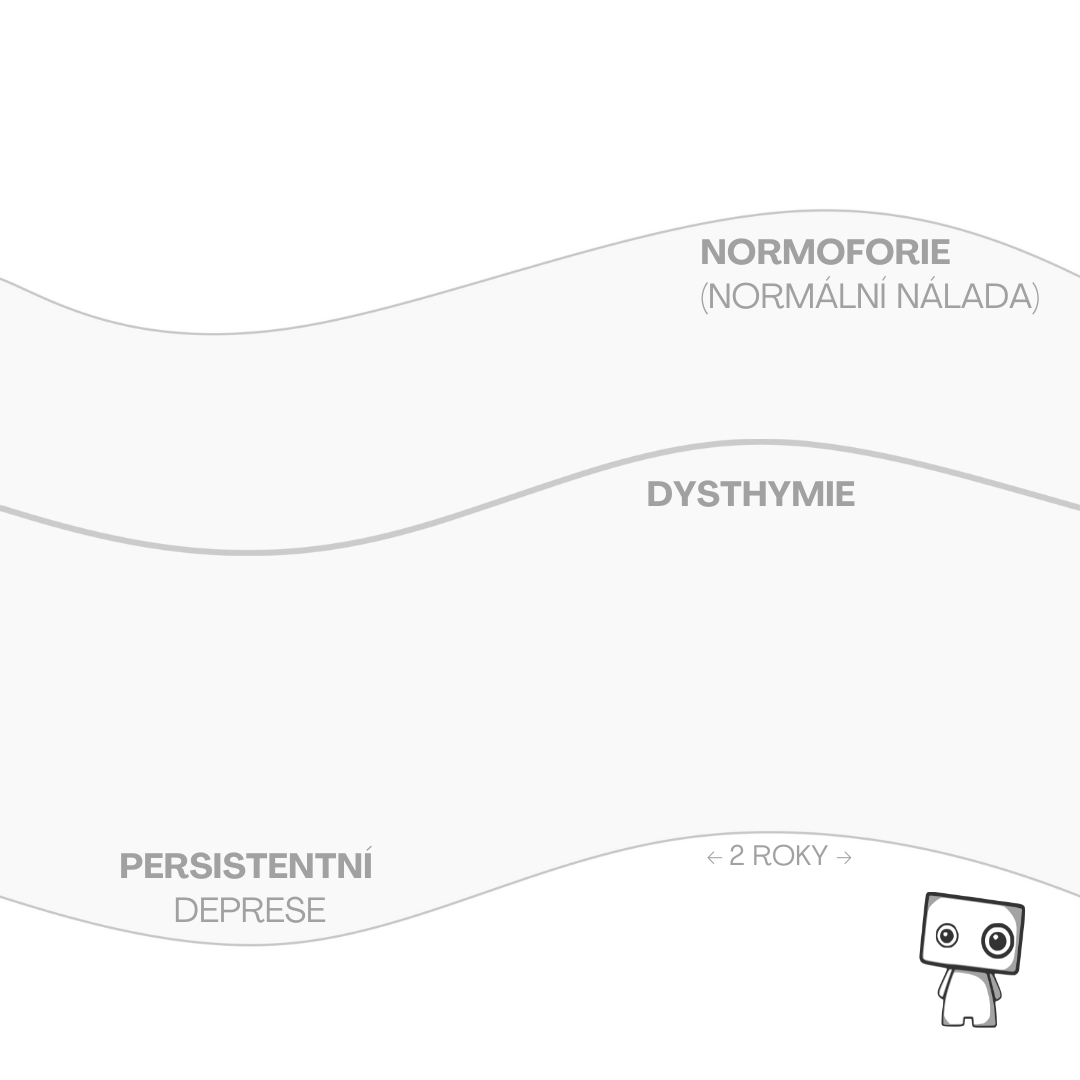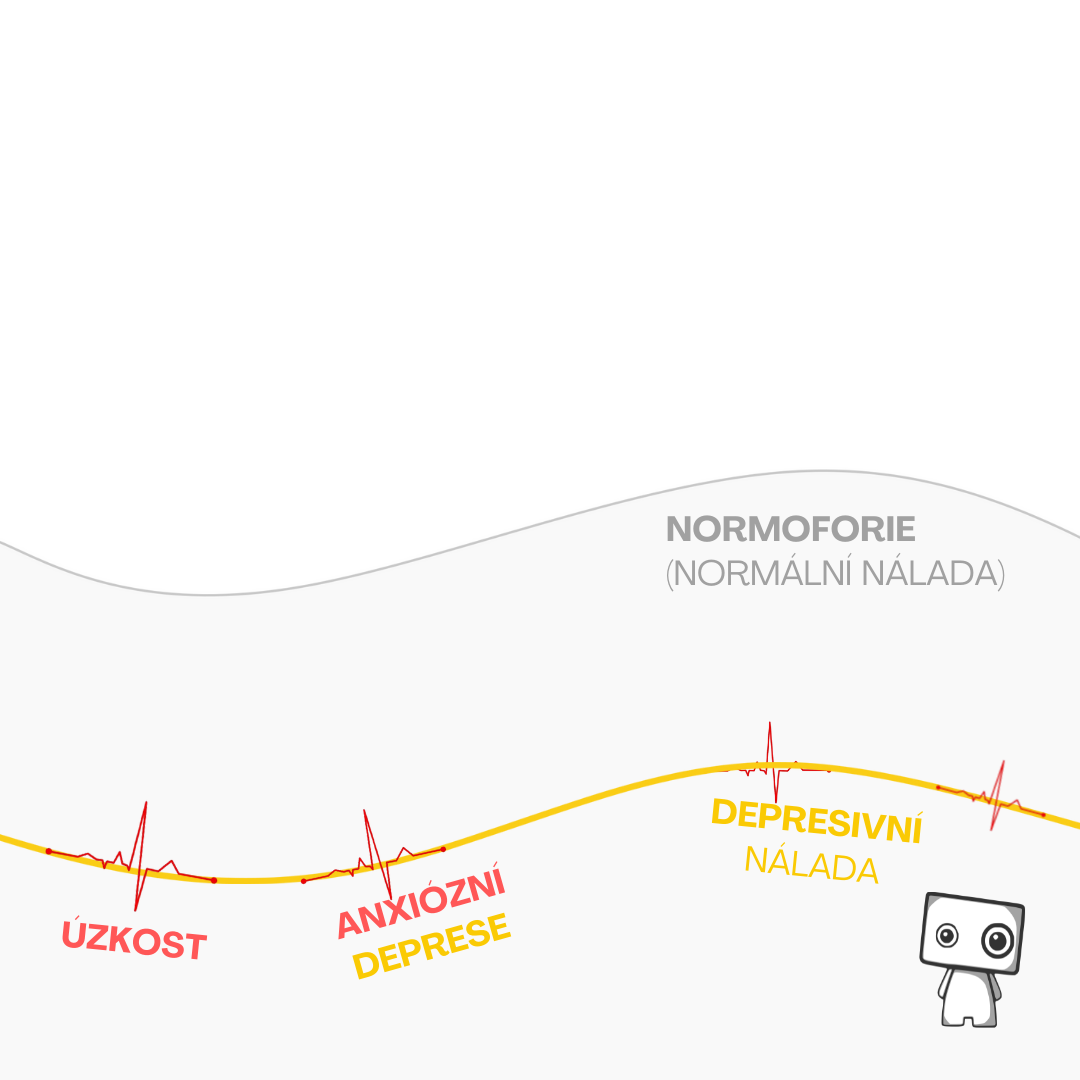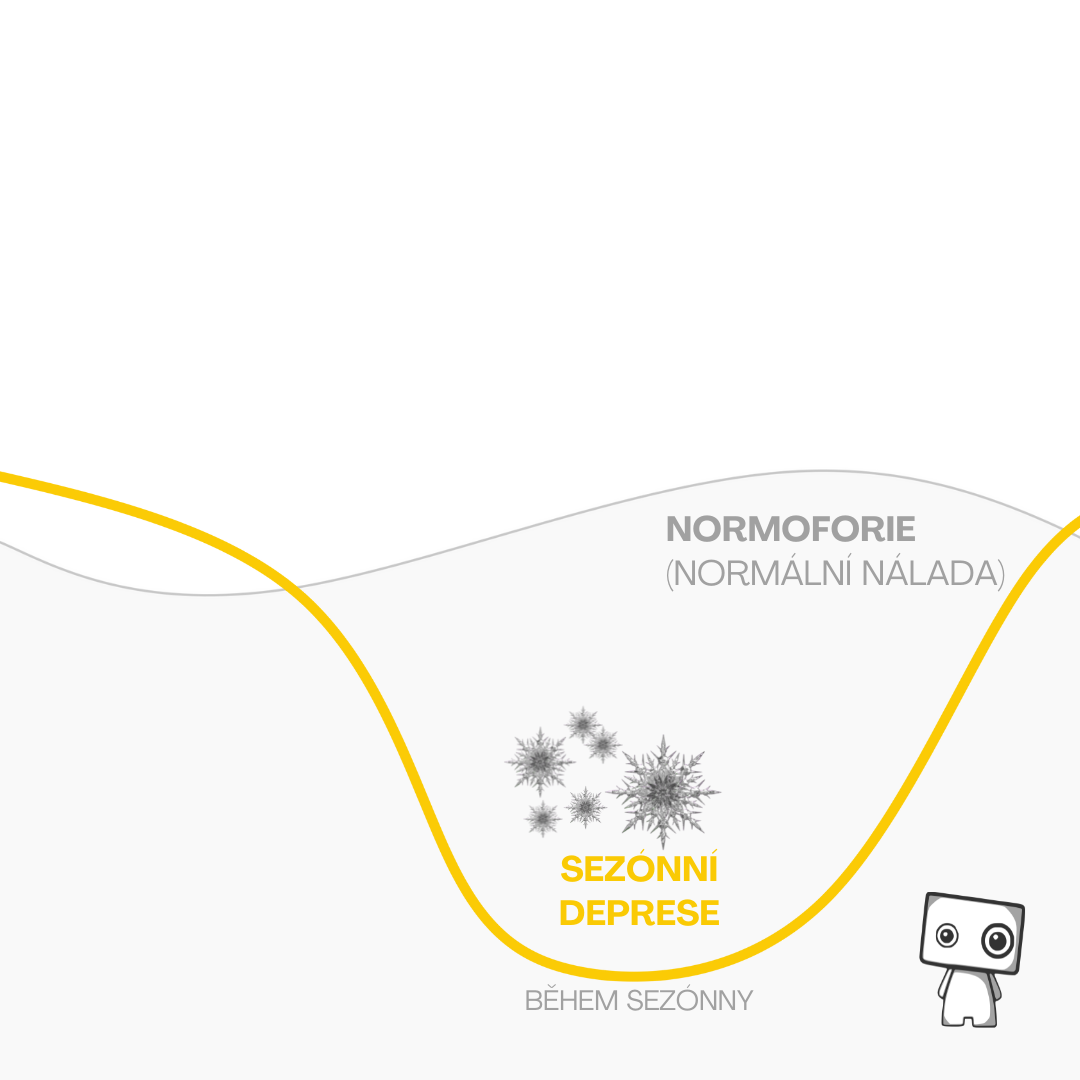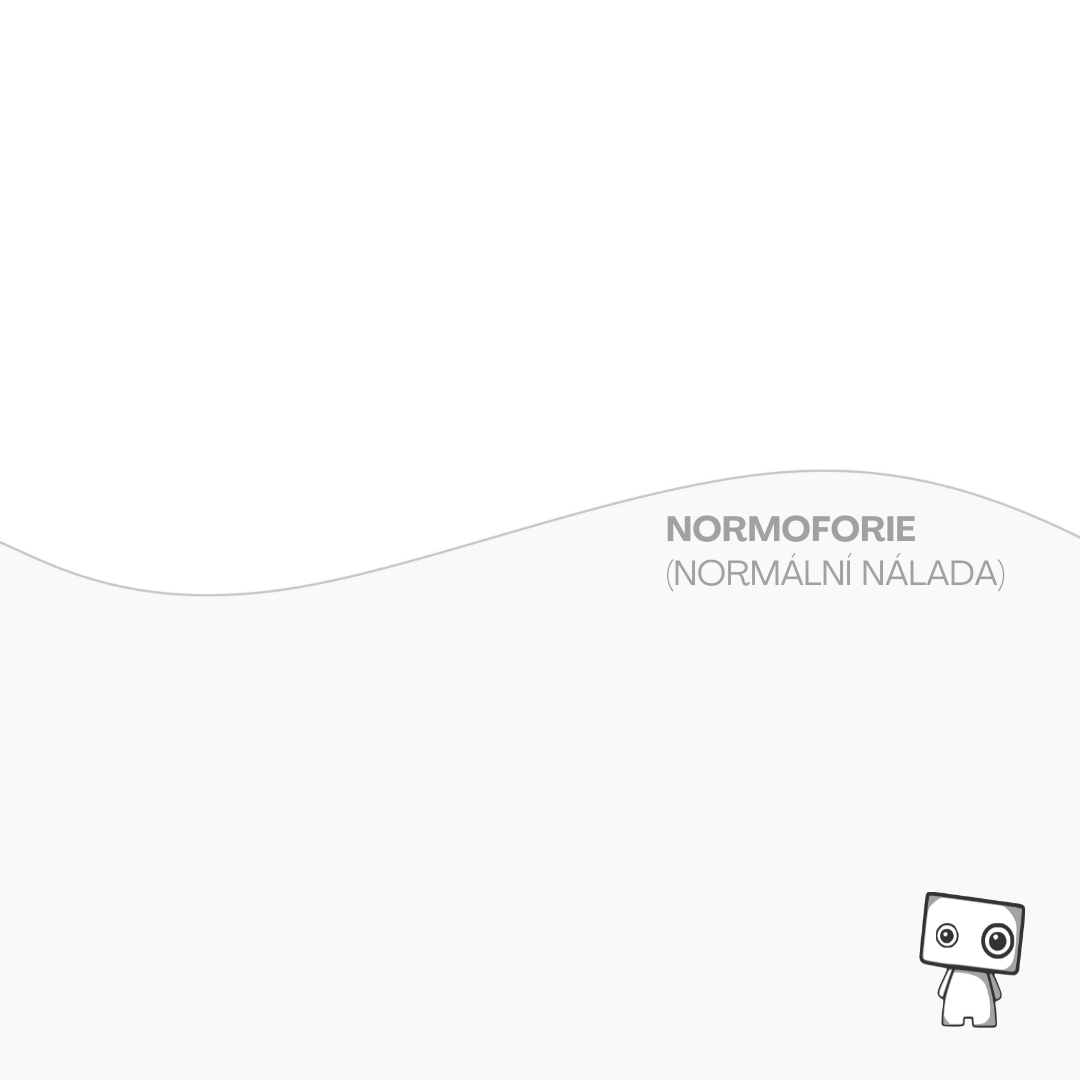What is depression?
Depression! We have all heard the word and quite possibly use it regularly. But what is hidden behind it? What is depression? Depressive disorder or major depressive disorder is a mental illness that greatly disrupts normal functioning. It is characterized by typical symptoms such as depressed, sad mood and loss of interest in the surroundings. However, we should not mistake it for ordinary sadness. When grieving the loss of a loved one, such as a death or break-up, it is completely normal to have to relive the situation. After some time, the feelings of sadness gradually fade away. Although the illness of depression is not the appropriate response to loss, it does not mean that there is no need to take care of yourself. It is important precisely so that the disease of depression does not appear. Depression is also separated from other illnesses. This is mainly so that the right kind of treatment is chosen.
Depression diagnosis
To correctly determine whether it is a disease, there are key diagnostic manuals in medicine and psychology:
- The Diagnostic and Statistical Manual of Mental Disorders is published by the American Psychological Association. Its 5th edition was published in 2013 and the revised version came out in 2022. To fulfill the diagnosis of major depressive disorder, at least five symptoms must be present for a period of two weeks. Among them, either a depressed mood or a loss of interest or joy must not be missing. It is not a normal response to loss, it is not caused by any substance or other illness. It’s also not about bipolar depression.
- The International Classification of Diseases is published by the World Health Organization and its 11th revision was published in 2022. Similarly, it states that a depressive disorder is characterized by a depressed mood, such as sadness, irritability or feelings of emptiness, or a loss of pleasure. This is accompanied by another symptoms that significantly affect the individual’s ability to function. You can read the ICD online.
Depressive episode
The first or only lifetime depressive episode that meets the above criteria appears. Other problems and symptoms accompany sadness.
Periodic depressive disorder
Periodic or recurrent depression indicates at least two depressive phases in life separated by at least several months without a significant mood disorder. It is therefore an alternation of periods of depression and periods without symptoms of depression (remission or recovery). However, the risk of depression returning increases with each subsequent episode. After the first episode, there is about a 50 percent chance of depression reoccurring, but after the fourth episode, it is already 90 percent.
Indicators of severity of depression
A depressive episode comes in different forms. The following indicators specify its severity in more detail.
- Mild depression: In a mild form of depressive disorder, two to three symptoms of the disease are present, which still allows normal daily activities. But it’s not pleasant.
- Moderate depression: Four or more symptoms cause greater difficulty in daily activities.
- Severe depression: A number of symptoms appear. Typical ones include low self-esteem and feelings of hopelessness and guilt. Suicidal thoughts and attempts are common.
- Psychotic depression: Along with a severe depressive phase appear hallucinations, delusions, and other psychotic symptoms that may not correspond to the mood. The situation is so serious that it does not allow the usual activities. A life-threatening risk of suicide or even harming another person in the framework of a delusional belief.
- Persistent depression: Lasts at least two years and does not improve.
- Remission: The period when depressive symptoms subside and it is possible to return to normal life.
- Recovery: Complete remission requires at least three symptom-free months.
- Relapse: A situation where depressive symptoms return.
Types of depression
Depression comes in many shapes and forms. To make it more clear, the diagnostic manuals divide some specific types, which may differ slightly from the originally mentioned depressive episode with their course and duration.
Anxious depression
Mixed depressive and anxiety disorder combines typical symptoms of depression with symptoms of anxiety. Feelings of nervousness, muscle tension, inability to control disturbing thoughts, or fear that something really terrible is going to happen are added to the depressed mood. On their own, the symptoms would not be sufficient to diagnose an anxiety disorder, but together they create suffering and prevent a quality life.
Melancholic depression
This type of depression is identified by a pervasive loss of interest regardless of circumstances. Sleep disturbances are common, especially early morning awakening more than 2 hours before the usual time. The pace is rather slowed down, but restlessness and irritability appear. Loss of appetite or weight loss is very noticeable.
Seasonal depression
Symptoms of depression appear or appear regularly in a given season and disappear with the end of the season. A typical example can be depression associated with unemployment, when the routine of work activity and social interaction with colleagues disappear. Winter depression associated with weather changes and lack of light is also well known.
Pregnancy and postpartum depression
Depression, which is very significantly related to hormonal changes, affects expectant and new mothers. Less talked about is depression during pregnancy, when doubts and other unpleasant thoughts can appear. Depression can also have physical consequences for both the mother and the child. Postpartum depression is related to childbirth and disrupts the relationship between mother and child quite a bit. It’s a serious problem, and if it’s something that’s happening to you, you shouldn’t be alone.
Premenstrual dysphoric disorder
We’ve all heard of PMS. Women seem to make excuses for it, and men use PMS as a joke when they don’t like something. A diagnosis of premenstrual dysphoric disorder refers to a condition where depression occurs during the majority of menstrual cycles in the past year. Unpleasant symptoms begin a few days before the onset of menstruation, begin to improve within a few days after the onset, and then become minimal or completely disappear within a week after the onset of menstruation.
Dysthymia
Dysthymic disorder stands a bit sideways. It does not meet the above criteria to be labeled as depression by the manuals. It is a persistent depressed mood that lasts for more than two years. Although the situation is unpleasant, there was not a two-week period during which the number and duration of symptoms would be sufficient to meet the diagnostic requirements for a depressive episode.
Other diseases with depression
Bipolar disorders
A depressive episode, as described earlier, also occurs in other mood disorders. It meets the stated criteria for a depressive episode, but since it is part of a larger whole, we can no longer talk purely about depression. We therefore refer to it as bipolar depression, one of the multiple episodes of bipolar disorder. Other episodes may include:
- A manic episode. Mania is a state of extreme mood lasting at least one week characterized by euphoria, irritability, increased activity and energy. Accelerated speech, literally gushing thoughts, increased self-esteem to grandiosity, decreased need for sleep, distractibility, impulsive or reckless behavior appear.
- A hypomanic episode. Hypomania is quite similar to mania, but rationality is much more preserved. So you don’t whitewash the entire credit card. (Just its half.)
- A mixed episode. If important manic and depressive symptoms are combined, we speak of a mixed episode. Symptoms either occur simultaneously or alternate very quickly.
Why am I mentioning it here? This division is very important in treatment, both pharmacological and therapeutic. Antidepressants in this case can do a lot of harm and help the manic and mixed phases to have even more space. In such a state, it is possible to make hasty decisions, overwork yourself, and then get into even bigger problems and stronger depression. Bipolar disorders include bipolar I and II and cyclothymia.
Mood disorders induced by addictive substances
Depression can be caused by substances such as alcohol, cannabis, opioids, sedatives, anxiolytics, hypnotics, stimulants, hallucinogens or volatile substances. Depression can be triggered by the ingestion of a substance in an acute state, when, for example, there is sadness and crying during an alcohol peak, or it can appear in the subsequent hangover, when the body lacks the pleasant feeling of intoxication, and then it does not disappear. Likewise, after ingesting and flushing out MDMA, which brings large amounts of dopamine, the shock of dopamine deficiency in the subsequent hangover can come. Depression also occurs in addiction recovery. If the depression is a result of substance use, it should go away as the addictive behavior resolves.
It is important not to confuse it
In addition to the above, there are also diseases that can act similar to depression based on their symptoms. In order to choose an adequate treatment, it is important to rule out these other diseases. A psychologist, psychiatrist or general practitioner can help with this. See a doctor if you feel that the symptoms correspond to a physical illness. For example, even the common flu can cause states that resemble a depressed mood. When the virus or other illness goes away, so should the sadness. We can also confuse depression with insomnia, which can be helped by systemic changes. It could also be a neurological disorder, neurophysiological diagnosis and treatment will help here. The next step is to think about whether the conditions are caused by excessive use of drugs or addictive substances. If this could also be your case, consider the situation and start reducing the dose. Psychotic illness differs from psychotic depression primarily in the sequence of delusions and hallucinations. In both cases, it is definitely necessary to seek psychiatric help and ask for medication. Distinguishing between depression and incipient dementia in the elderly population can be difficult. The sequence of symptoms is important. In the case of depression, it is primarily a rapid onset with a rapid progression, cognitive impairment is preceded by a depressed mood and orientation remains preserved. Depressive conditions peak more in the morning, whereas in dementia it is in the evening. Depression can also appear as a secondary symptom of another disease, which is more serious, and when it is cured, this secondary depression should disappear.
As a layman, it is very difficult to navigate the countless symptoms of mental illness. Self-diagnosing a lot on the internet does not yet mean that what you’re dealing with is depression. And even the diagnosis itself is not all-explanatory. It is important to find the right solution and treatment for you. Look for an expert who will help you better understand the topic and cure a mental illness or discomfort faster.

